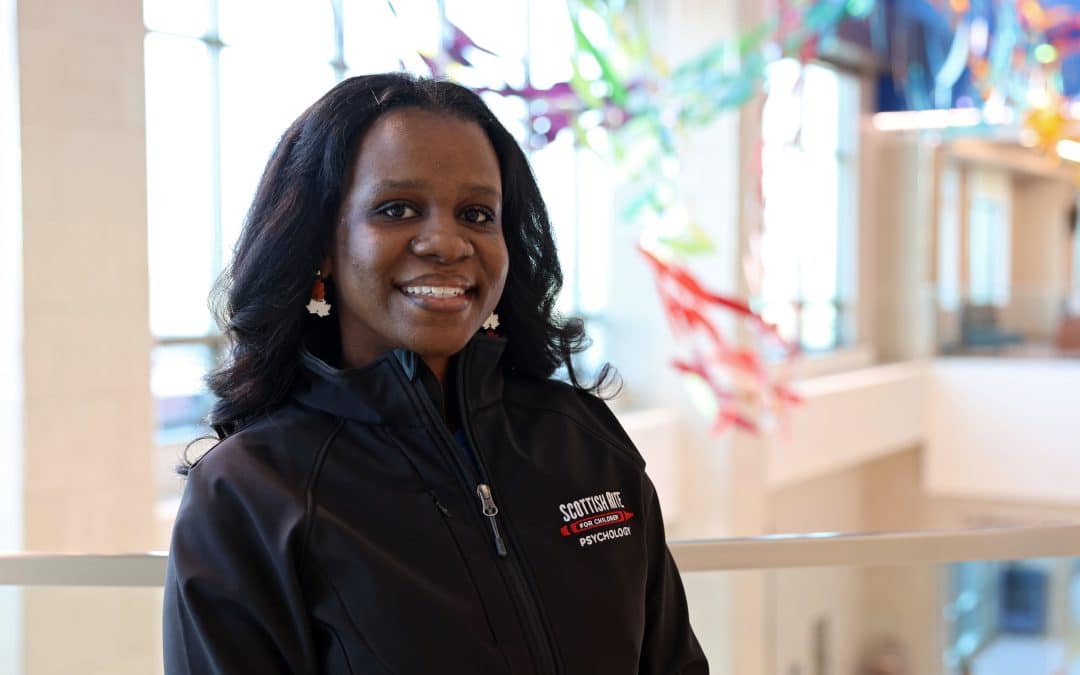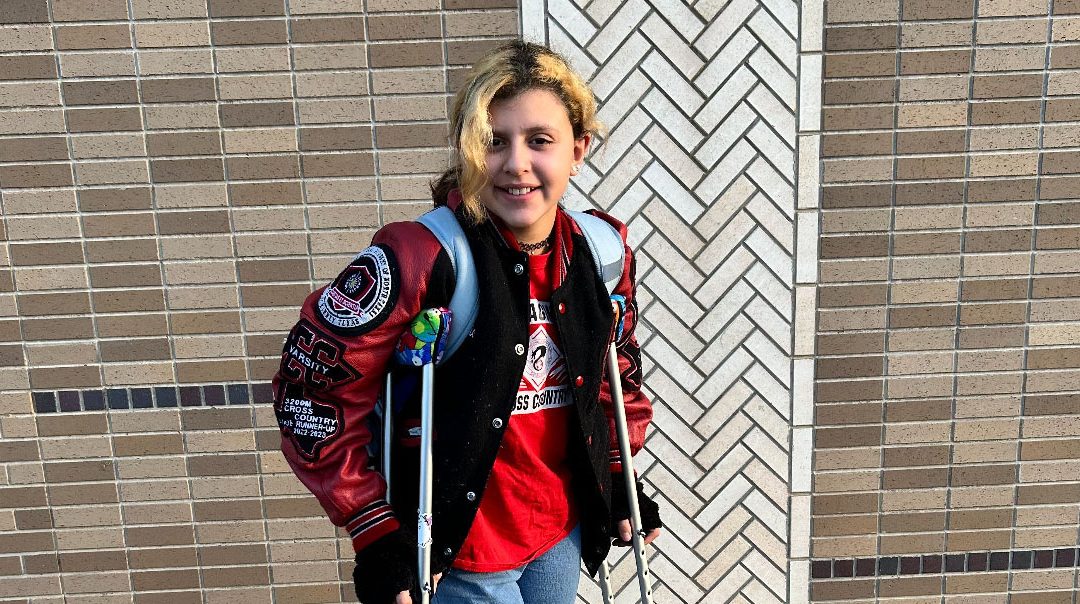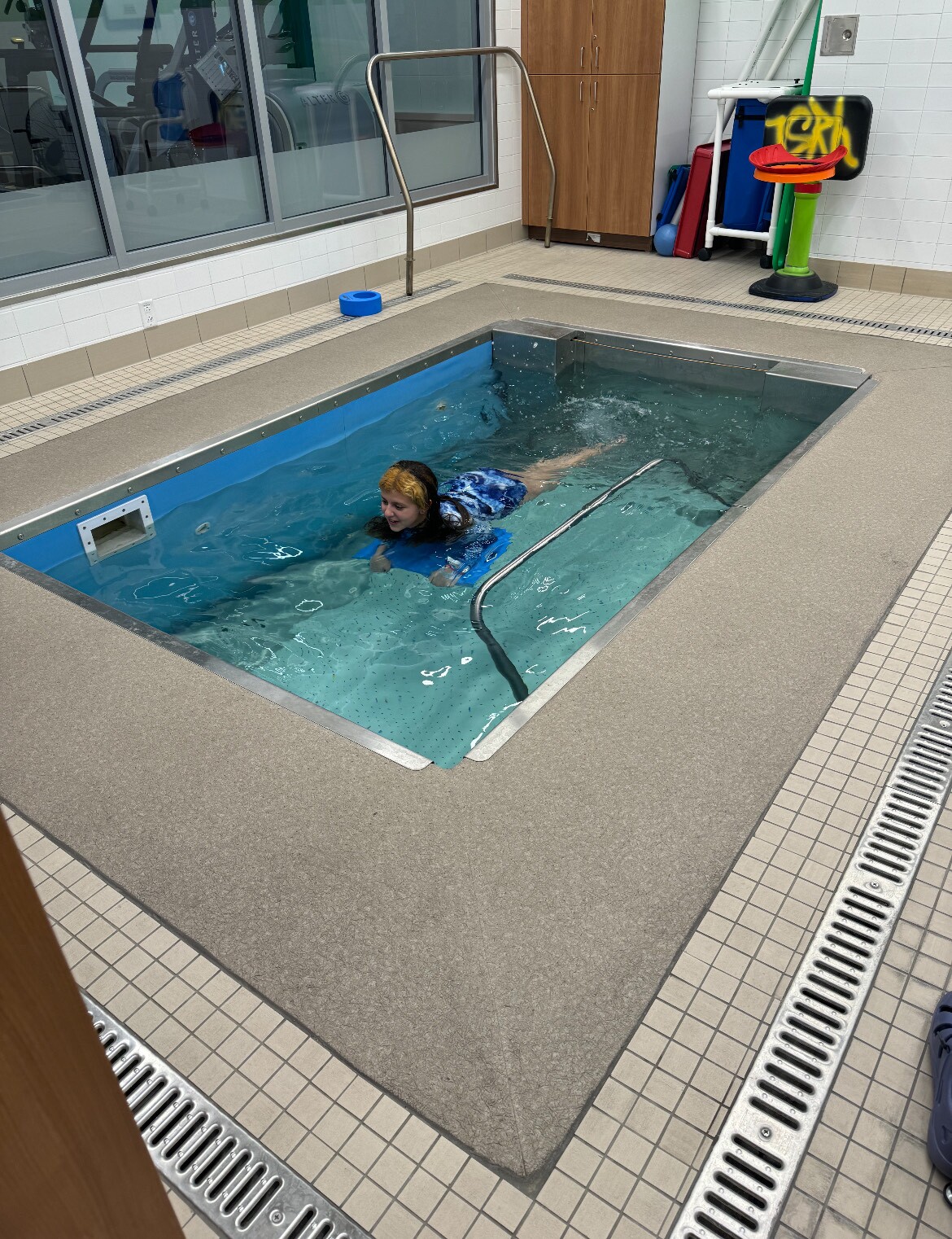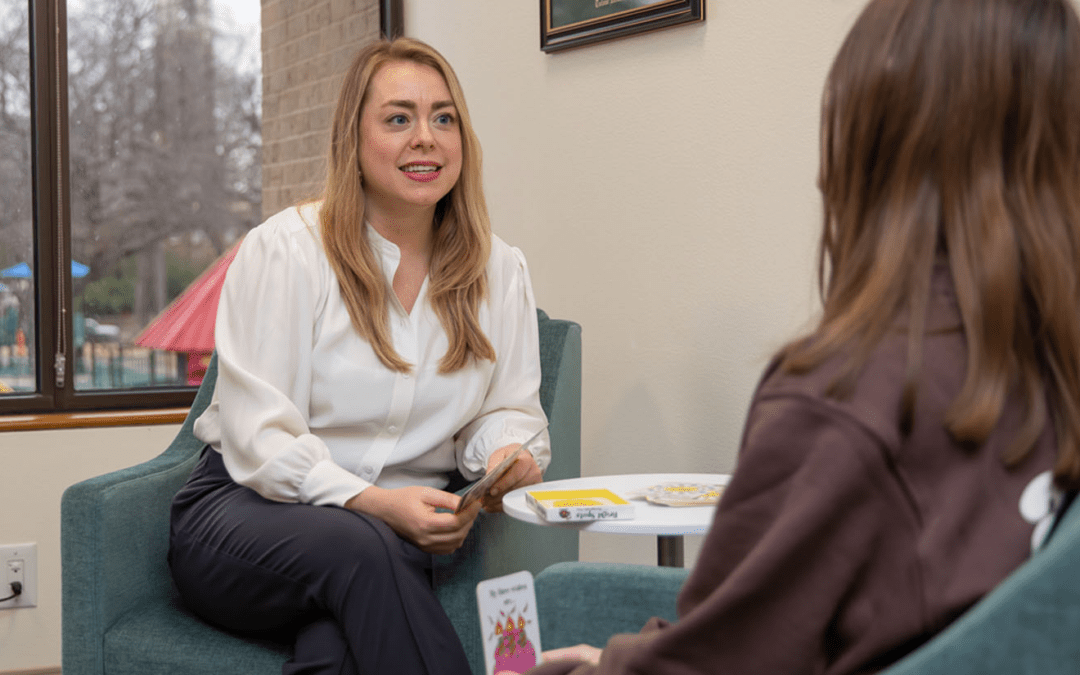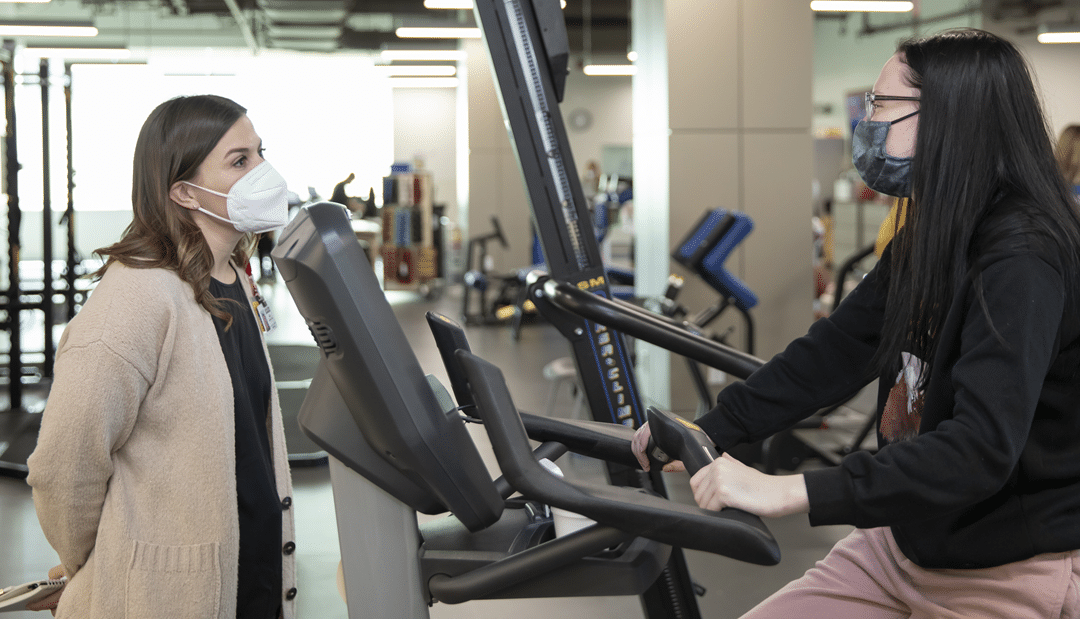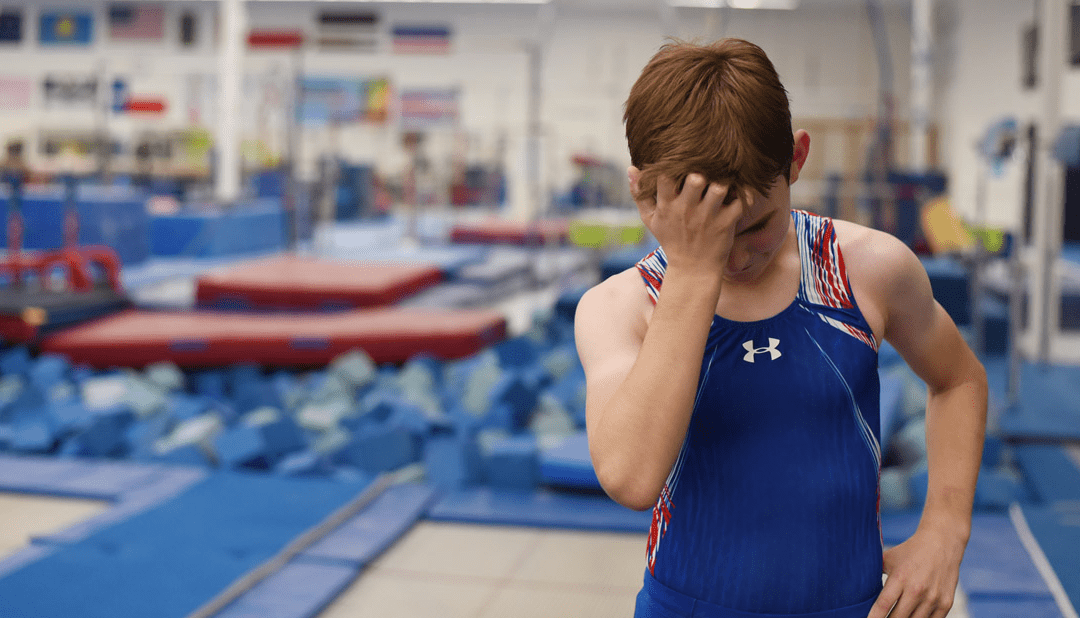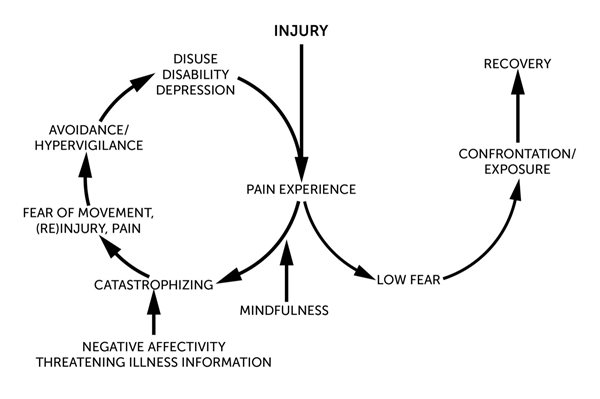
Two Fellows Begin Training in Pediatric Psychology Postdoctoral Fellowship
The Pediatric Psychology Postdoctoral Fellowship program proudly welcomes two fellows, marking the first time the program has hosted multiple fellows since its inception. The 2025 – 2026 fellows are Paige Mandas, Ph.D., from University of Georgia and Ashley Wilkerson, Psy.D., from The Chicago School.
The goal of the psychology fellowship is to receive in-depth training in the practice of pediatric psychology. Young psychologists who choose this program select a niche focus on guiding children through a breadth of pediatric orthopedic conditions. The fellows will work alongside Scottish Rite’s Psychology team to gain experience in inpatient and outpatient pediatric settings at both Dallas and Frisco campuses. Together, the fellows will embark on an educational journey that will equip them with the necessary skills to support children throughout their treatment.
Meet the 2025 – 2026 Psychology Fellows
Paige Mandas:
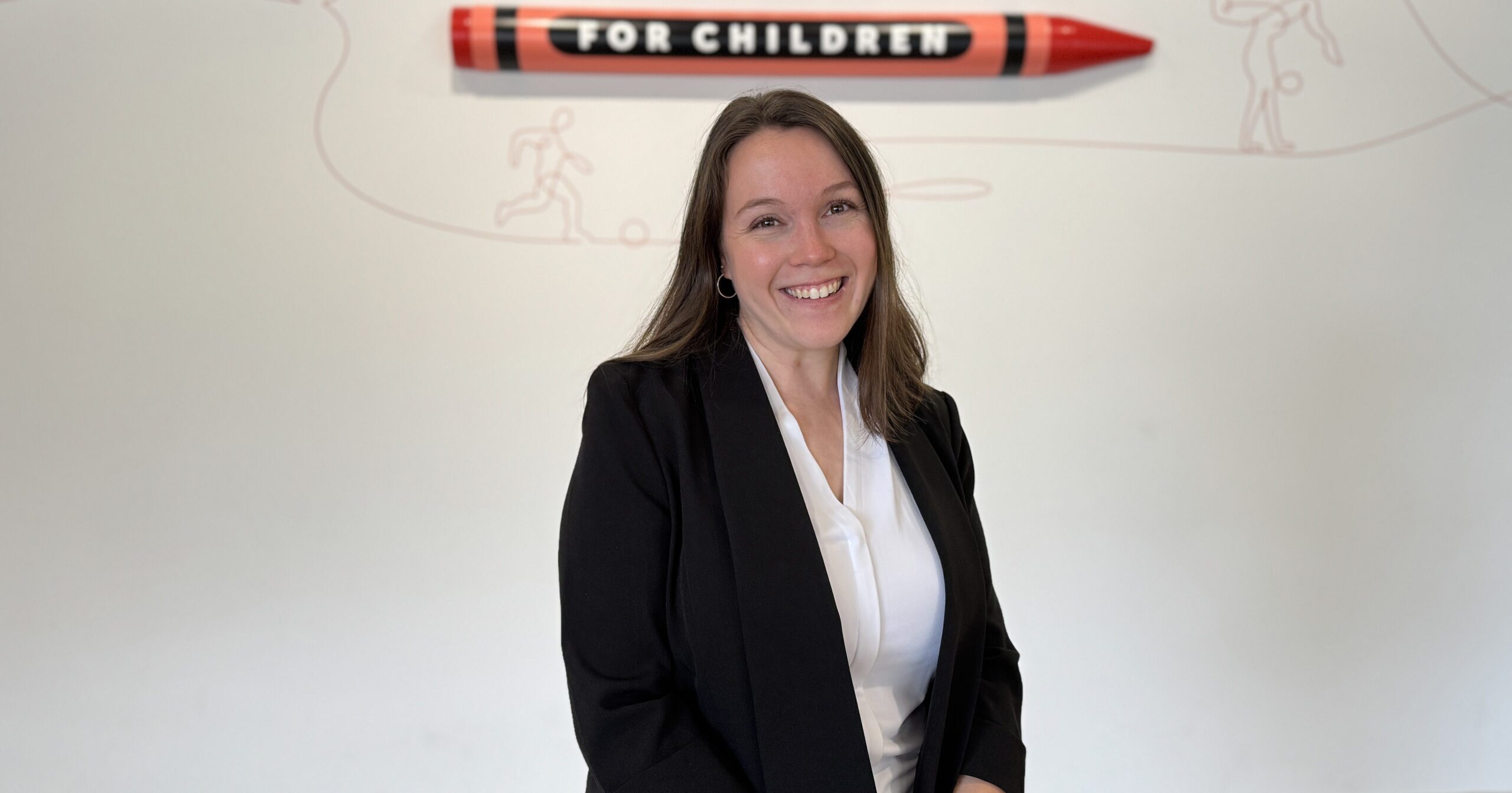
What inspired you to apply to the Psychology fellowship at Scottish Rite?
I was very interested in the highly specialized care Scottish Rite provides. Additionally, I wanted to be part of an organization that actively celebrates and embraces individual differences.
What made you choose a career in health care?
I really appreciate the opportunity to work alongside an interdisciplinary team that allows us to provide holistic, patient-centered care. Each member of the team offers a unique perspective. Being able to collaborate in this way provides the highest level of care to families.
What is your favorite thing to do outside of work?
I love spending time outside, so I am hopeful that this fall will bring some cooler temperatures and pretty foliage.
What is your hidden talent?
I enjoy puzzles and problem-solving. If there is a challenge or a mystery, I will zone in to figure it out.
What is something you are looking forward to learning about in your fellowship?
I am excited to learn more about the various orthopedic conditions through working with interdisciplinary teams who prioritize the well-being of patients and their families.
Ashley Wilkerson:

What inspired you to apply to the Psychology fellowship at Scottish Rite?
During college, I was a volunteer for Scottish Rite for Children. A few years later in graduate school, I met Dr. West at a conference and enjoyed talking with her. I loved the specialized training opportunities here, and I knew that I would apply when it came time for looking for a fellowship.
What made you choose a career in health care?
From an early age, I knew I wanted to work in a hospital setting. I love that I can combine my passion of children’s mental health within the hospital.
What is your favorite thing to do outside of work?
Outside of work, I love spending time with my husband and my dogs, as well as riding horses.
What is your hidden talent?
I am really good at walking fast and like to race my friends.
What is something you are looking forward to learning about in your fellowship?
I am looking forward to gaining more specialized training in pediatric psychology within the orthopedic setting.
Learn more about the Pediatric Psychology Postdoctoral Fellowship and other fellowship programs available at Scottish Rite for Children here.


